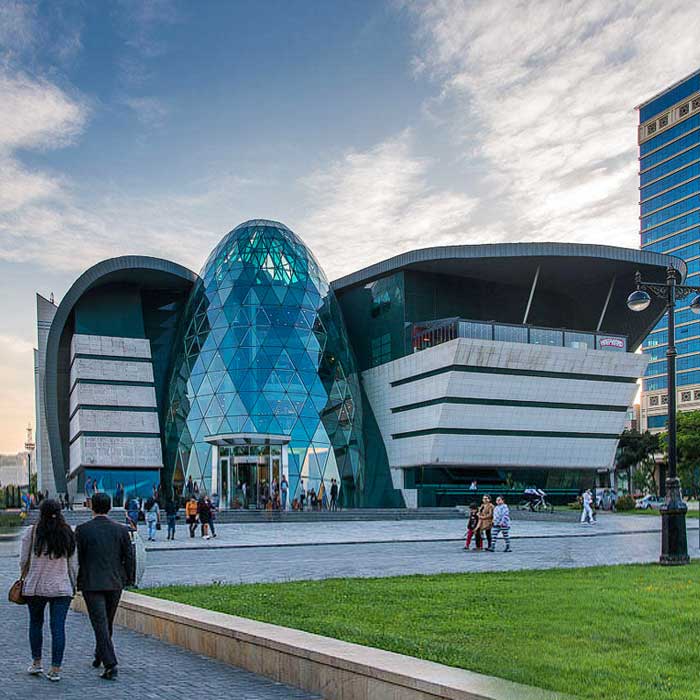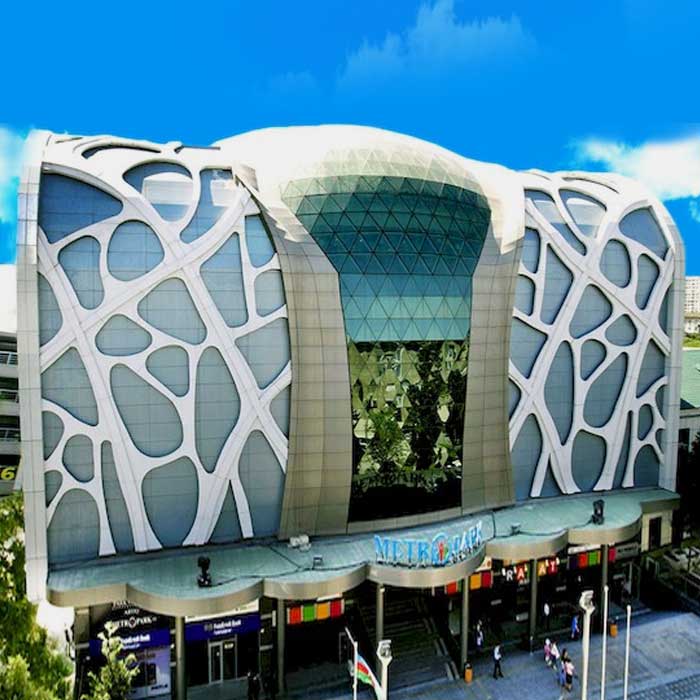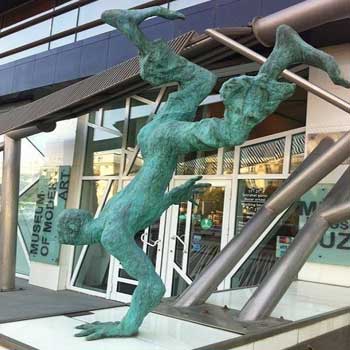
The world of animals in Azerbaijan is rich and diverse. In the display cases one can see numerous skeletons and fragments of bones of the animals found during expeditions and processed by our research workers. Natural Historical Museum is called in honor of a great son of Azerbaijan Gasanbek Zardabi (Melikov) – enlighterner-democrat, natural scientists, writer of sociopolitical literature, teacher and author of a number of scientific papers dealing with problems of Darwinism and origin of life on the Earth and ecology.
In 1920 on the initiative of E.L. Stanevich a group of teachers from the Baku grammar school founded 2 museums – excursion department.
In 1921 the historical archeological commission at the Ministry of Culture of Azerbaijan joined this department and as a museum-archive it passed the disposal of the Ministry of education.
Since 1922 the museum-archive has been functioning independently having acquired state legal status. There exist three departments: biological, historical-ethnographic and numismatic. In 1930 on the base of these departments after a fundamental re-organization several independent cultural educational institutions were founded: museum of history of the peoples in the Azerbaijan SSR, natural historical museum and museum of arts.
In 1937 Natural Historical Museum passed to the Academy of Sciences of the USSR and in March 1945 it acquired a status of the Azerbaijan Academy of Sciences.
The main directions of scientific research in the Natural Historical Museum were as follows: the study of the Binagady Quaternary fauna, eldar upper Sarmatian hipparian fauna, Pirekshkyul high vertebral fauna, numerous sites of primitive people in the Azykh cave, etc. The development of the vertebrate paleontology in Azerbaijan was greatly contributed by the studies of R.D.Jafarov (1883-1978) – the first director of Natural-Historical Museum and his colleagues – V.V.Bogachov and N.I.Burchak-Abramovich and also by their numerous successors – D.V.Gajiev, N.A.Alekperova, S.M.Aslanova, F.M.Akhundova, T.M.Eibatova et al.
The museum has two departments: a geology department that has samples of metallic and nonmetallic natural resources and minerals and rocks of Azerbaijan and a zoology department. The general collection of the museum numbers more than 1400 different items. The biologicaldepartment exhibits numerous skeletons and fragments of animal bones found during field work and treated by researchers. The oldest exhibit is the teeth of an ichthyosaur from the Cretaceous period, more than 120 million years old.
The research activities of the Natural History Museum have developed in several directions, focused especially on paleontological sites. The main research focuses on the study of the Binagadi quaternary and the Eldar late Sarmatian hipparion faunas, Pirekishkuli Maykop vertebrate fauna, numerous sites of primitive people, as well as Azokh cave and others. In the collection of the quaternary fauna of Binagadi, there are 41 species of mammals, 110 species of birds, 2 reptiles, 1 amphibian, 107 insects and 22 species of plants. Among those are near-complete fossilized skeletons of horses, deer, gazelles and saigas that don’t live in the territory of Azerbaijan anymore.
Source: Geologiya və Geofizika İnstitutu



















